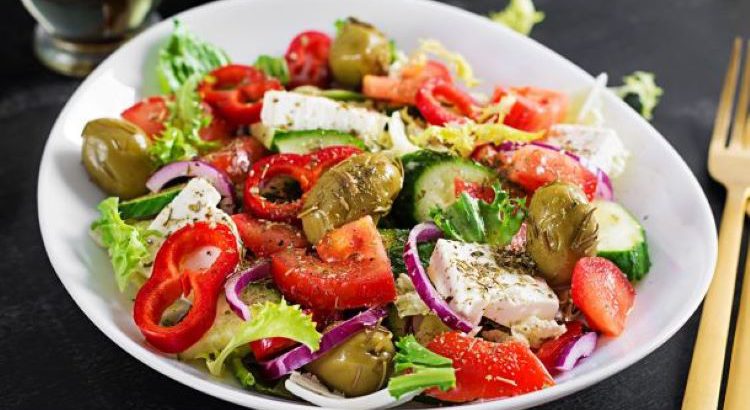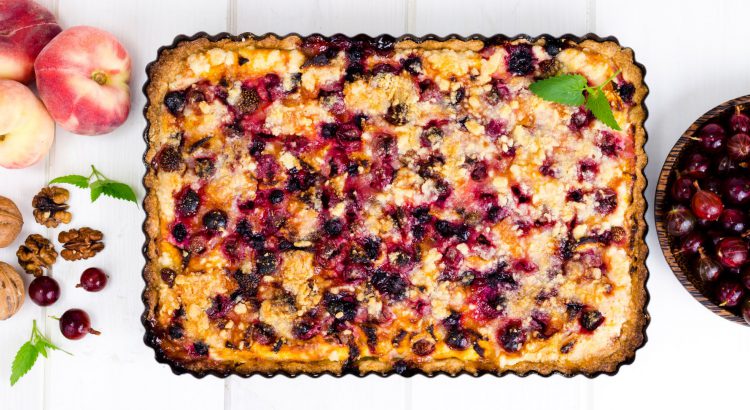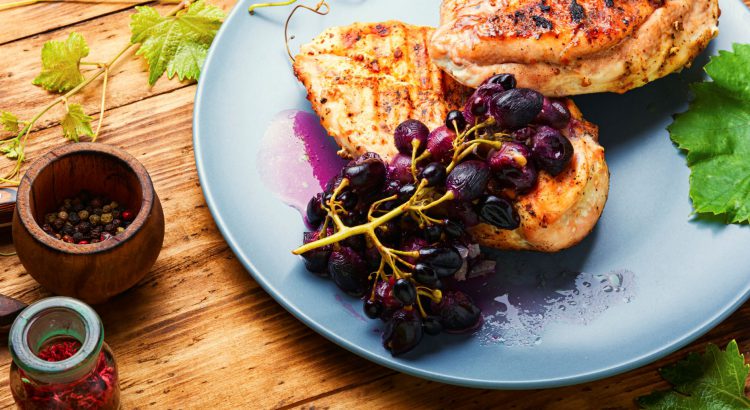It’s a new year, and we’re all looking for a fresh (and refreshing) start! Nothing is quite as refreshing as a crispy crunchy cold wedge salad with a healthy twist. Blue cheese dressing is tasty, but it’s typically made with heavy cream and mayonnaise, making it high in saturated fat and not the most physically nourishing choice. This recipe has a Mediterranean alternative, made with heart-healthy olive oil and tahini.
The Mediterranean diet is known for its many health benefits, such as its anti-inflammatory qualities and positive effects regarding heart health and even cognitive well-being. If you’re looking for some easy nutrition guidelines to start 2024, Mediterranean is a good place to go.









